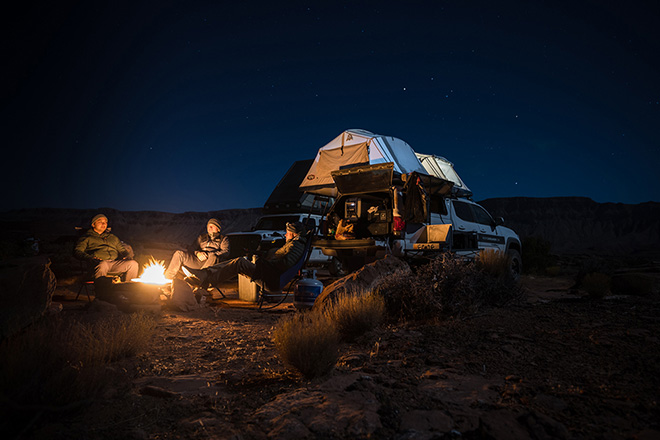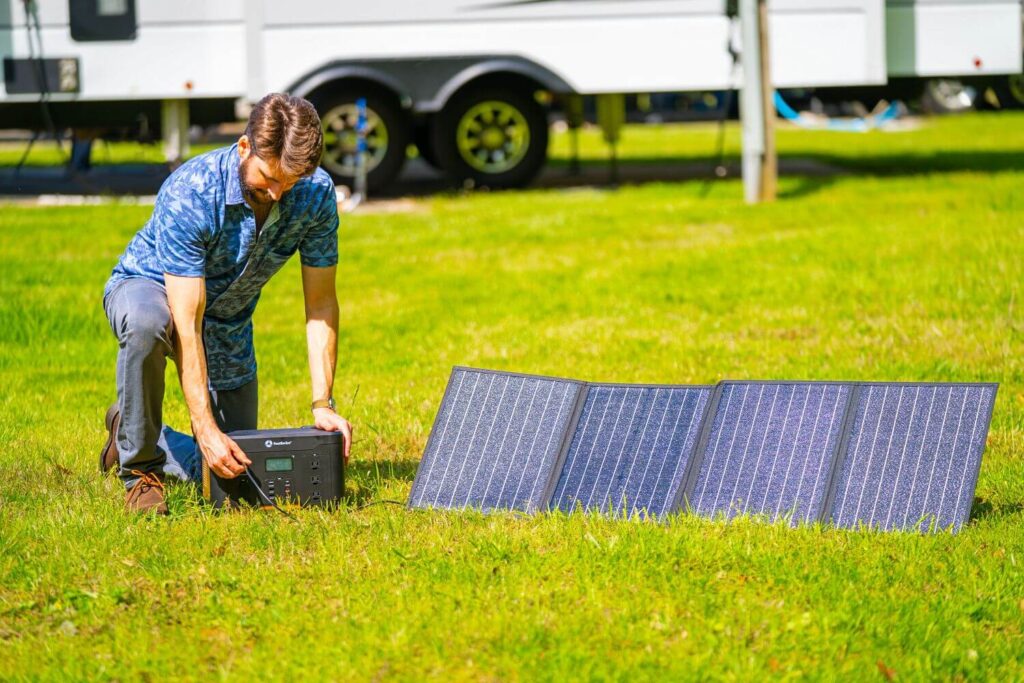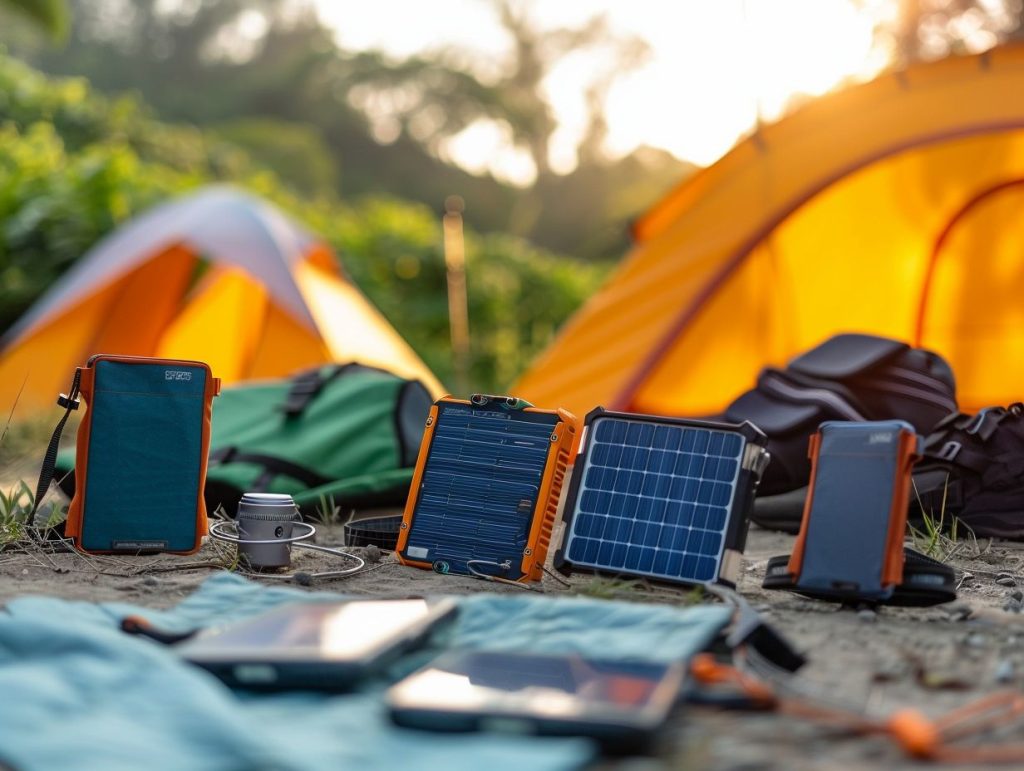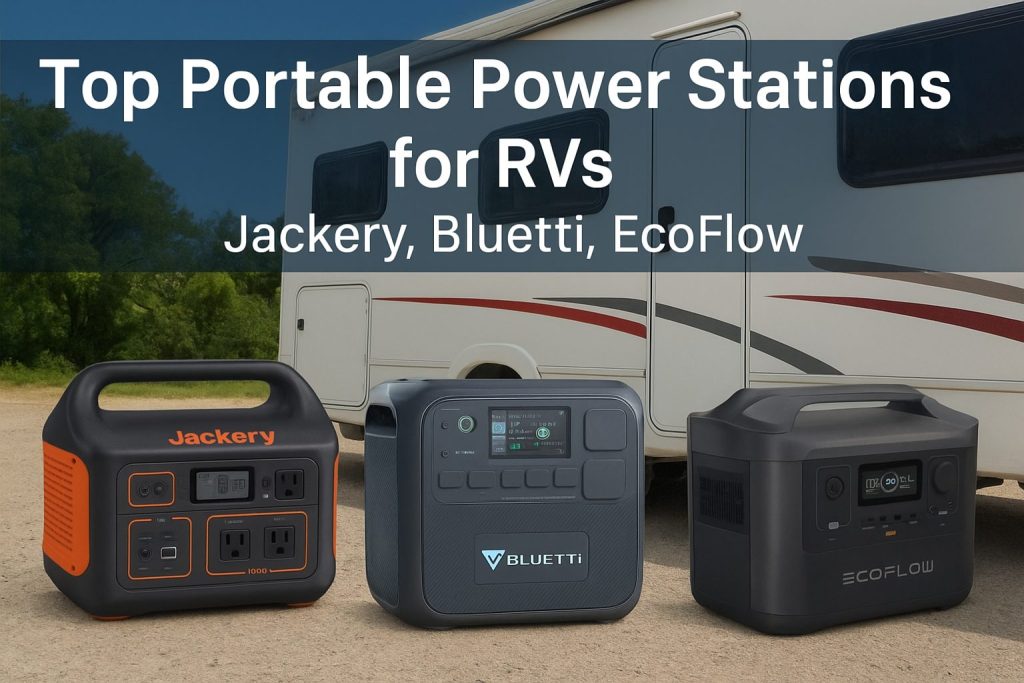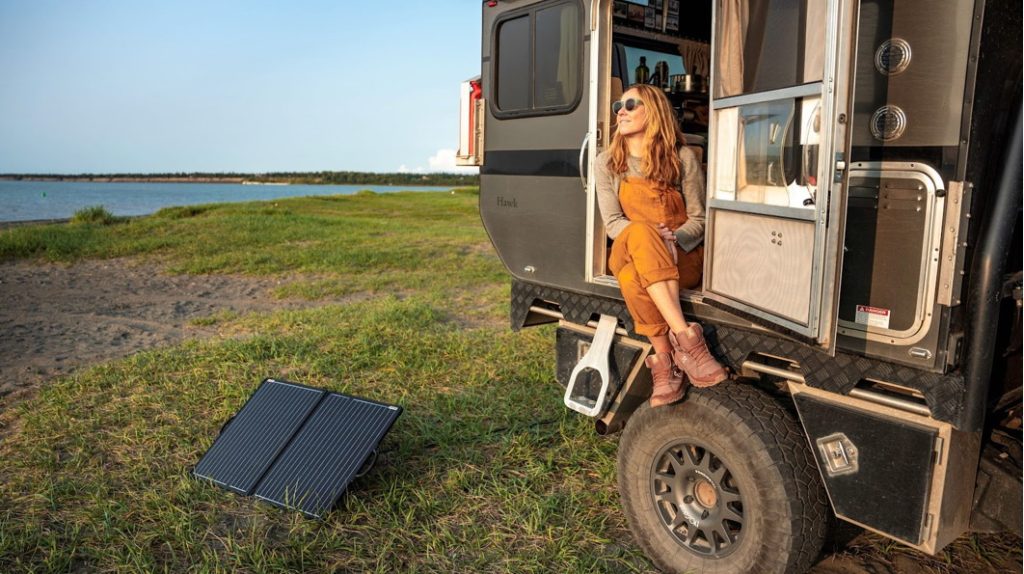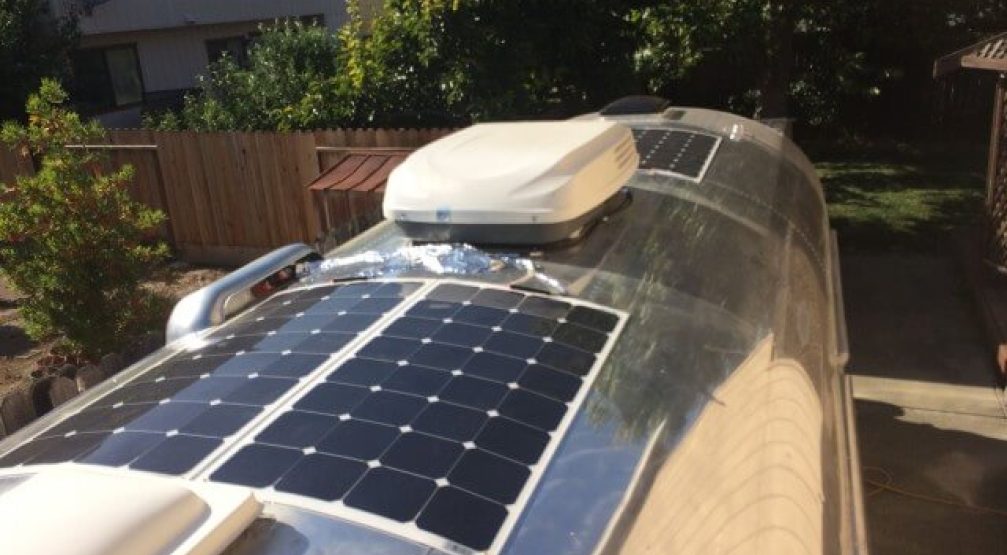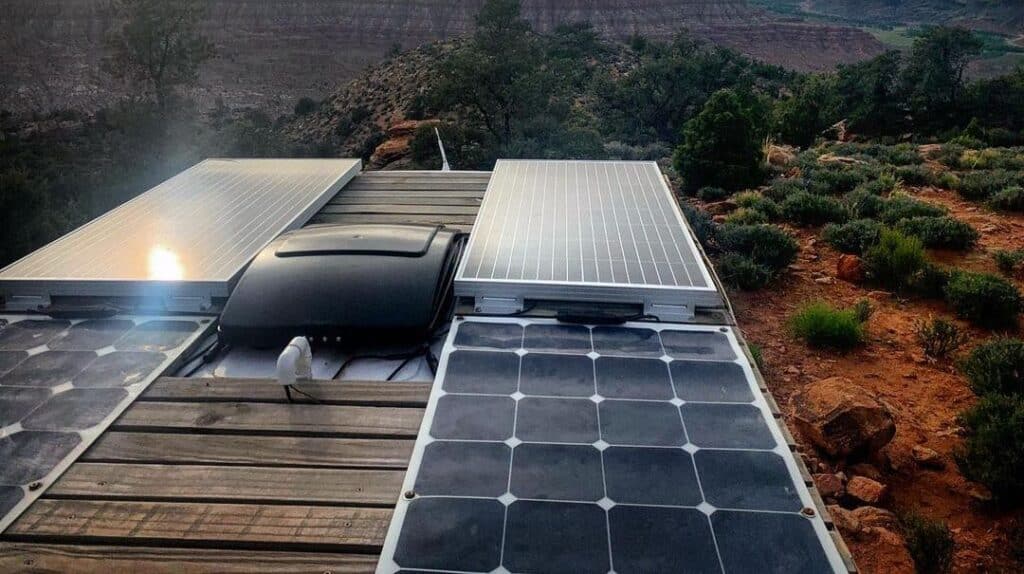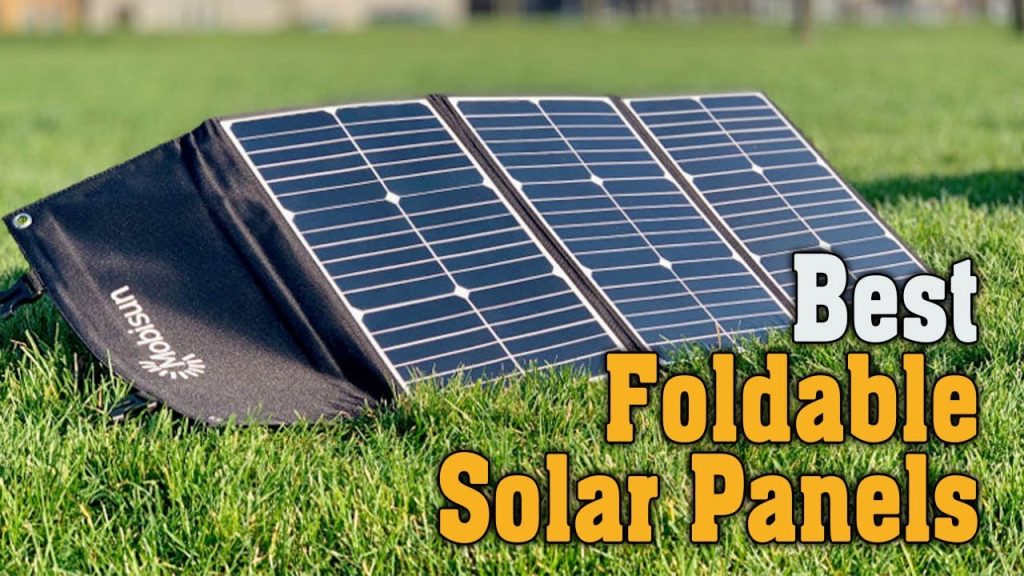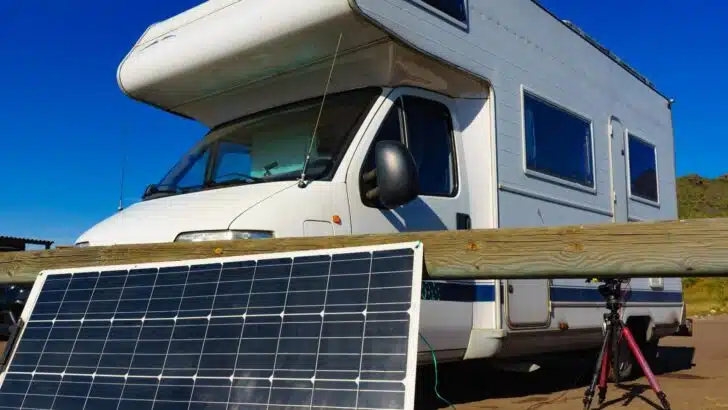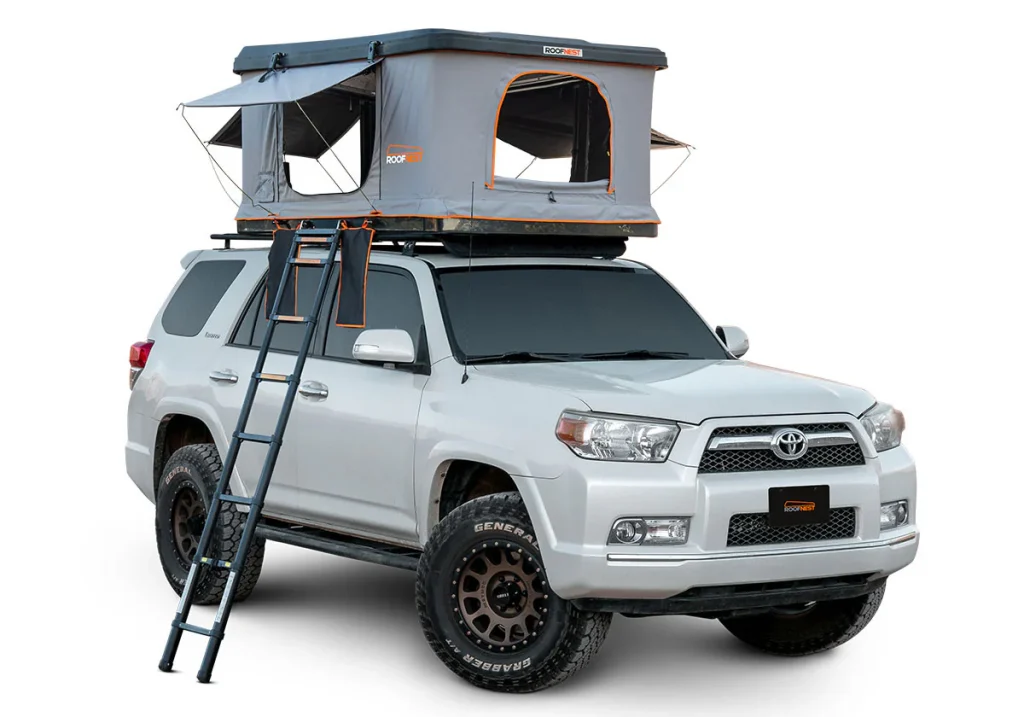Overlanding is more than just a road trip—it’s a lifestyle of self-reliant adventure, where the journey itself is the destination. Whether you’re traversing remote deserts, winding through dense forests, or climbing rugged mountain trails, having the right gear is essential for safety, comfort, and success. In this comprehensive guide, we’ll walk you through all the must-have overlanding gear essentials, from vehicle equipment to personal items, ensuring you’re well-prepared for any journey off the beaten path. Whether you’re a seasoned overlander or planning your first expedition, this guide is your go-to resource for building a reliable and efficient gear setup.
What is Overlanding?
Overlanding is a form of long-distance travel that emphasizes self-sufficiency, off-grid exploration, and remote destinations, typically using a well-equipped vehicle as both transportation and shelter. It often involves extended trips through diverse terrains where access to amenities is limited or nonexistent.
Difference Between Overlanding and Off-Roading
While overlanding and off-roading both involve navigating rugged terrain, they differ significantly in purpose and scope. Off-roading is typically recreational and short-term, focusing on the thrill of challenging driving conditions like mud pits or rock crawling. Overlanding, on the other hand, is about sustained travel and exploration over time, combining elements of off-roading, camping, and adventure travel with a strong focus on self-reliance and planning.
Why Proper Gear Matters for Overlanding
The right gear can mean the difference between a memorable adventure and a serious survival situation. Since overlanding often takes you far from civilization, having reliable, multi-functional, and durable equipment is crucial. Proper gear ensures safety, helps you navigate remote areas, enables efficient cooking and sleeping setups, and prepares you for unexpected emergencies. Packing wisely with essential gear will allow you to explore with confidence and peace of mind.
Overlanding Gear Essentials Checklist
Before diving into the specifics of each item, it’s important to understand the broader categories of gear every overlander should consider. A well-balanced overlanding setup covers your basic needs—mobility, shelter, food, safety, and communication—while also accounting for the terrain, climate, and duration of your journey.
Key Gear Categories
-
Vehicle Equipment – Upgrades and tools to prepare your vehicle for off-road conditions and long-distance travel.
-
Camping and Sleeping Gear – Items for setting up a comfortable and secure camp.
-
Cooking & Food Storage – Essentials to cook meals and store perishables safely.
-
Safety and Emergency Supplies – Critical tools and kits for handling medical issues, mechanical failures, or getting unstuck.
-
Personal Gear and Clothing – Weather-appropriate apparel and hygiene necessities for staying healthy and comfortable.
-
Tech and Power Essentials – Power sources and devices for navigation, communication, and charging electronics.
Importance of Packing Light but Effectively
Overlanding is as much about efficiency as it is about adventure. Space in your vehicle is limited, and every added pound affects fuel efficiency, suspension, and handling, especially on rough terrain. That’s why it’s vital to pack gear that is not only reliable and durable but also lightweight and multi-functional. Prioritize essentials first, then gradually add extras based on the nature and length of your trip. Smart packing ensures smoother travel, quicker setups, and fewer complications on the trail.
Vehicle Equipment
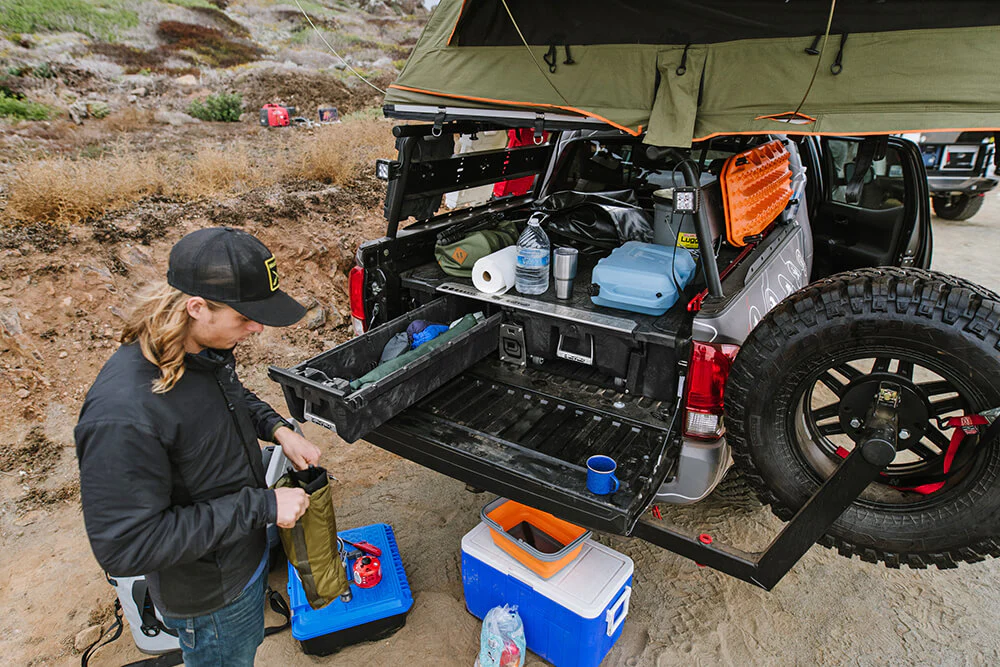
Your vehicle is the foundation of your overlanding adventure. Outfitting it with the right equipment enhances safety, boosts performance, and ensures you’re prepared for remote and rugged conditions.
Roof Racks & Rooftop Tents
Roof racks provide additional storage space for bulky gear, freeing up room inside your vehicle for other essentials. They’re especially useful for mounting items like fuel cans, recovery boards, and rooftop tents.
Rooftop tents offer a quick, elevated sleeping solution that keeps you off the cold, uneven ground. They’re easy to deploy and pack away, and they provide extra protection from wildlife and rain.
All-Terrain Tires
All-terrain tires are designed to handle a mix of off-road and highway conditions. They provide better traction on gravel, sand, mud, and snow, making them crucial for varied terrains. Quality tires also reduce the risk of blowouts or getting stuck in remote areas.
Recovery Gear (Winch, Traction Boards, Tow Straps)
Getting stuck is part of overlanding—being prepared is non-negotiable. Winches help pull your vehicle out of deep mud or ditches. Traction boards provide grip under the tires in loose terrain like sand or snow. Two straps allow for vehicle-to-vehicle recovery when traveling with others.
Navigation System (GPS, Maps, Satellite Communicator)

A reliable GPS navigation system is a must when venturing off the grid. Digital maps can be downloaded for offline use, but always carry physical maps as a backup. A satellite communicator ensures you can send SOS messages or check in with family, even in areas without cell service.
Extra Fuel and Water Storage Solutions
Long-distance travel through remote areas means fuel stations and water sources may be few and far between. Carry extra fuel in secure, leak-proof jerry cans, and use water storage tanks or containers with filtration options to stay hydrated and cook safely. Always plan for more than you think you’ll need.
Camping and Sleeping Gear
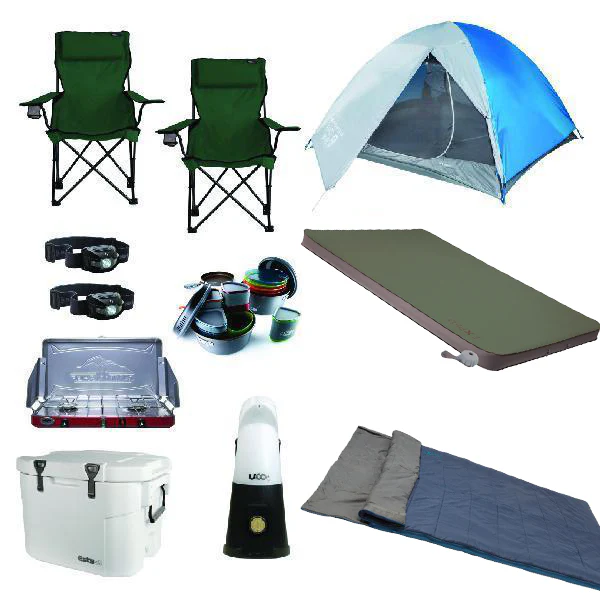
Tents (Ground or Rooftop)
Your tent is your home on the trail. Ground tents are traditional, lightweight, and easy to pack, offering flexibility if you leave your vehicle at base camp. Rooftop tents, mounted on your vehicle’s roof rack, are quick to set up and keep you off the ground—ideal for uneven or muddy terrain. Both options have their benefits, so your choice will depend on your vehicle type and personal preferences.
Sleeping Bags and Pads
A good night’s sleep starts with the right sleeping gear. Choose a sleeping bag rated for the coldest temperature you expect to encounter. Pair it with an insulated sleeping pad or air mattress to add comfort and insulation from the ground. Compact, high-performance models help you save space without sacrificing warmth.
Portable Chairs and Tables
Portable camping chairs and folding tables add comfort and functionality to your campsite. After a long drive or hike, having a place to sit, eat, and relax makes a huge difference. Look for lightweight, foldable options that are easy to set up and store.
Awning or Shade Shelter
Protection from sun, rain, and wind is essential for outdoor living. A vehicle-mounted awning or freestanding shade shelter extends your living space and provides cover for cooking, relaxing, or escaping harsh weather. Quick-deploy models are ideal for frequent stops or changing conditions.
Cooking & Food Storage Essentials
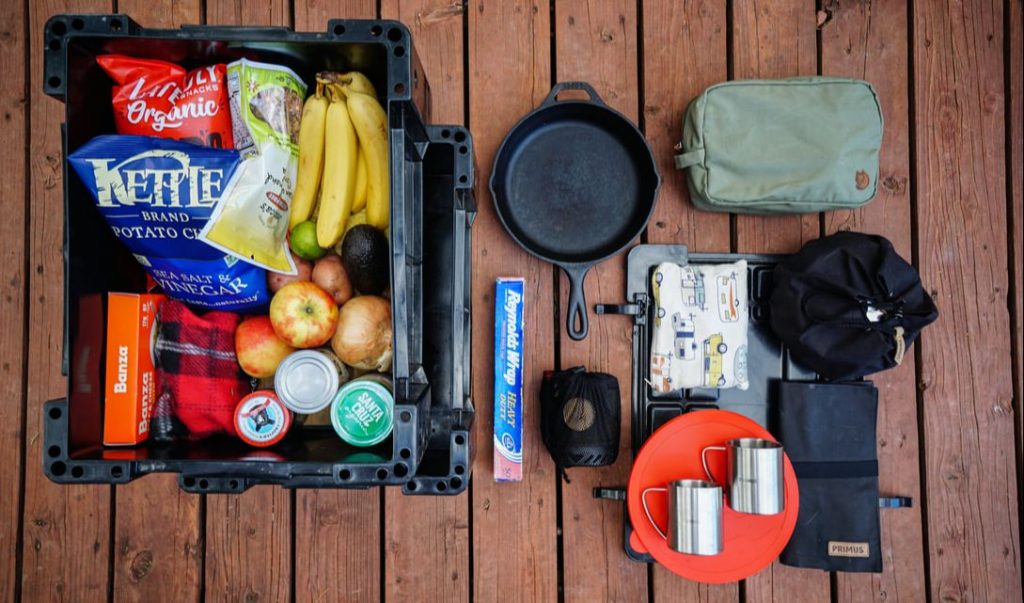
Portable Stove or Camp Kitchen Setup
A portable stove or camp kitchen setup is vital for preparing hot meals. Single or dual-burner propane stoves are compact and reliable. For longer trips or larger groups, a dedicated camp kitchen system with integrated burners, prep space, and storage can streamline cooking. Don’t forget wind shields and fuel canisters.
Cooler or Portable Fridge
Keeping food fresh over several days requires an efficient cooler or, better yet, a portable fridge. High-performance coolers with thick insulation can keep ice for days, while powered fridges (12V) eliminate the need for ice entirely and offer temperature control for perishables and beverages. Just be sure to bring a power supply (like a battery bank or solar panel).
Cookware and Utensils
Pack lightweight and durable cookware, including pots, pans, spatulas, and cutting boards. Consider space-saving nesting cookware sets made specifically for camping. Don’t forget utensils, knives, and a can opener. Silicone or collapsible versions are great for saving space.
Water Filtration or Purification Systems
Clean water is non-negotiable. Carry enough potable water and bring a filtration system or water purifier in case you need to source water from lakes, streams, or questionable taps. Options include gravity-fed filters, pump filters, UV purifiers, and water purification tablets.
Safety and Emergency Supplies
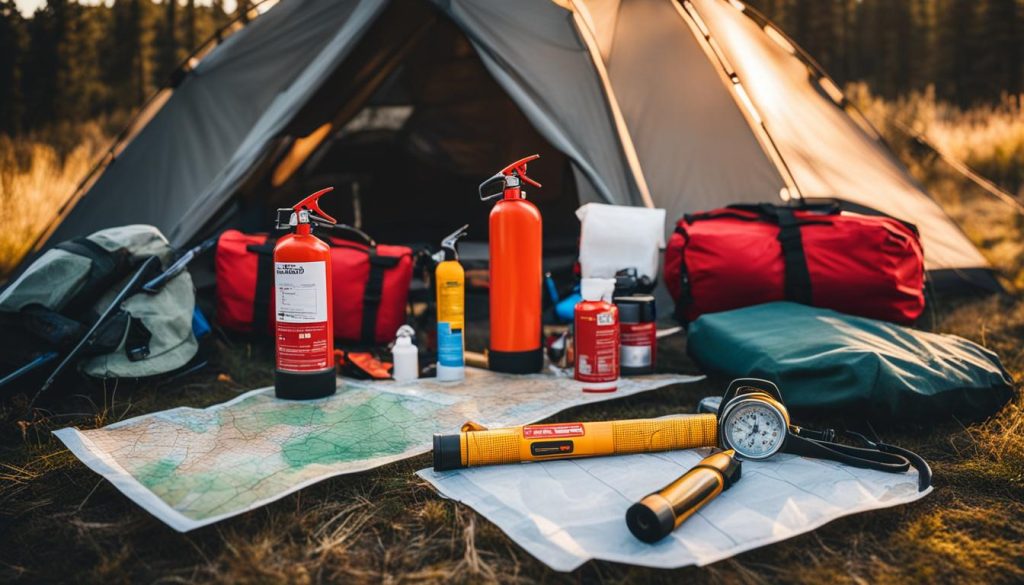
First Aid Kit
A comprehensive first aid kit is a must. It should include bandages, antiseptics, tweezers, gauze, pain relievers, allergy medication, burn cream, and blister care. Consider a wilderness-specific kit and learn basic first aid skills for added safety.
Fire Extinguisher
A compact, vehicle-rated fire extinguisher is essential for dealing with small fires—whether it’s from your camp stove, engine, or electrical system. Mount it in an easily accessible location inside your vehicle.
Emergency Beacon (PLB or Satellite Messenger)
In remote regions without cellular service, an emergency beacon like a Personal Locator Beacon (PLB) or satellite messenger can be a lifesaver. These devices allow you to send distress signals or communicate your location to emergency responders.
Basic Tools and Spare Parts
Mechanical breakdowns can be trip-ending if you’re not prepared. Carry a toolkit with wrenches, sockets, pliers, screwdrivers, and other basics. Also bring spare parts like fuses, belts, hoses, tire repair kits, and extra fluids (oil, coolant, etc.). A jack and lug wrench are crucial for tire changes.
Personal Gear and Clothing

Layered, Weather-Appropriate Clothing
Use the layering system: base layer (moisture-wicking), mid layer (insulation like fleece), and outer layer (waterproof/windproof shell). This allows you to adjust to different conditions and stay warm or cool as needed. Pack extra socks and underwear to stay dry and comfortable.
Durable Boots
A pair of durable, waterproof boots is essential for exploring, hiking, and walking around camp. Choose boots with strong ankle support and non-slip soles. Break them in before your trip to avoid blisters.
Headlamps and Flashlights
For after-dark activities and emergencies, pack headlamps and flashlights. Headlamps allow for hands-free work, whether you’re cooking, setting up camp, or fixing your rig. Bring extra batteries or rechargeable options with solar charging capability.
Personal Hygiene Kit
Staying clean on the trail improves morale and prevents infections. Your hygiene kit should include biodegradable soap, toothbrush and toothpaste, toilet paper or wipes, quick-dry towel, hand sanitizer, and feminine hygiene products if needed. A small shovel or portable toilet system helps you practice Leave No Trace principles.
Tech and Power Essentials
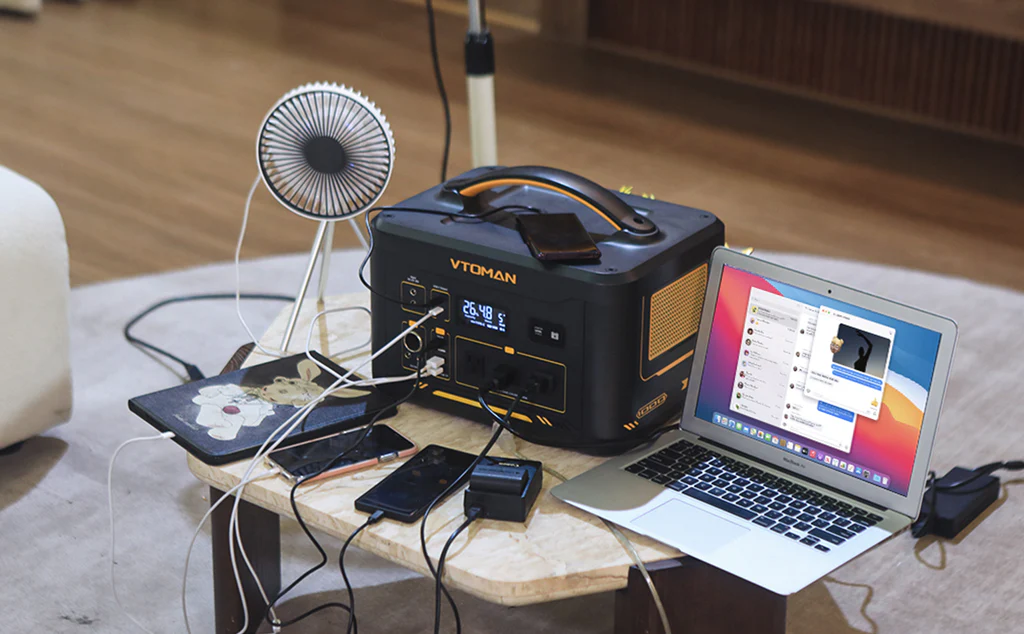
Solar Panels or Portable Power Stations
Solar panels are a sustainable and silent way to keep your batteries charged. Flexible or folding panels can be mounted on your vehicle or deployed at camp, providing energy for fridges, lights, and devices. Pair them with a portable power station or solar generator to store power for later use. Look for lithium battery systems with multiple output ports (USB, DC, AC) to cover all your needs.
Battery Banks and Charging Cables
A high-capacity battery bank ensures your phones, tablets, GPS units, and other small electronics stay powered. Pack charging cables compatible with all your devices and consider rugged, weatherproof options. For added efficiency, keep a 12V charging system in your vehicle that can replenish your gear while you drive.
Communication Devices (CB Radio, Walkie-Talkies)
When cell coverage disappears, communication devices become vital. A CB radio is a classic tool for vehicle-to-vehicle communication and emergency broadcasts. Walkie-talkies are great for short-range team communication during recovery situations or campsite coordination. In remote locations, consider a satellite communicator for texting and SOS capabilities.
For More Information
Tips for Choosing the Right Overlanding Gear
With limited vehicle space and unpredictable terrain, every piece of gear needs to earn its place. Choosing the right equipment means focusing on quality, efficiency, and adaptability to make your journey safe and smooth.
Prioritize Reliability and Multi-Use Items
Overlanding gear must endure rugged use and harsh environments. Prioritize reliable, well-tested equipment from trusted brands. Whenever possible, choose multi-use items—like a spade that doubles as a recovery tool or a pot that serves as a mixing bowl—to minimize what you need to carry.
Consider Space and Weight Limitations
Your vehicle has limited space and payload capacity. Overpacking can strain suspension, reduce fuel efficiency, and make gear harder to access. Use storage solutions like bins, roof boxes, and drawer systems to stay organized. Always weigh the trade-offs between convenience and necessity.
Tailor Gear to Your Destination and Climate
Gear that works well in the desert may be useless in the mountains. Customize your packing list based on the terrain, climate, and length of your trip. Cold-weather sleeping gear, snow chains, or bug repellents might be critical depending on where you’re headed. Research your route and plan accordingly.
Final Thoughts
Overlanding isn’t just about the destination—it’s about the journey, the challenges, and the freedom to explore off the beaten path. The gear you bring along plays a critical role in how enjoyable, safe, and self-sufficient that journey is.
No one starts out with a perfect setup. As you gain more overlanding experience, you’ll naturally refine your gear list—learning what’s essential, what’s excessive, and what truly adds value to your adventures. Keep a running checklist of what worked and what didn’t after each trip.
It’s easy to get overwhelmed or overspend early on. Start by investing in the basics that support safety, shelter, food, and mobility. As your needs and destinations become more advanced, gradually upgrade your equipment to match your growing skills and ambitions.
A well-prepared rig and thoughtful gear selection can make the difference between a frustrating trip and a memorable adventure. Plan, pack smart, and always expect the unexpected. Preparation not only ensures comfort and security but also gives you the confidence to explore deeper and stay out longer.

